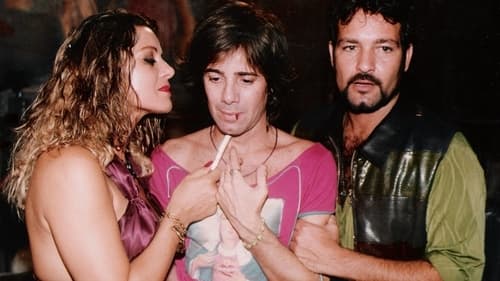Marcos Bonisson
História
Marcos Bonisson is an artist with a Master degree in Science of Art (UFF) and PhD candidate in Contemporary Studies of the Arts (UFF). He lives and works in the city of Rio de Janeiro. He also holds a degree in Literature (UNESA) and a post-graduate degree in Art and Culture (UCAM). He studied engraving, drawing, cinema and photography at EAV Parque Lage (1977-1981). Participated in the 27th International Biennial of São Paulo in 2006. Published the book Arpoador (Editora Nau, 2011) and the catalog Pulsar (Binocular Publishing House, MAM, 2013). His most recent solo exhibitions were at the Museum of Modern Art in Rio de Janeiro in 2013 and the Maison Européenne de la Photographie (MEP-Paris) in 2015.



